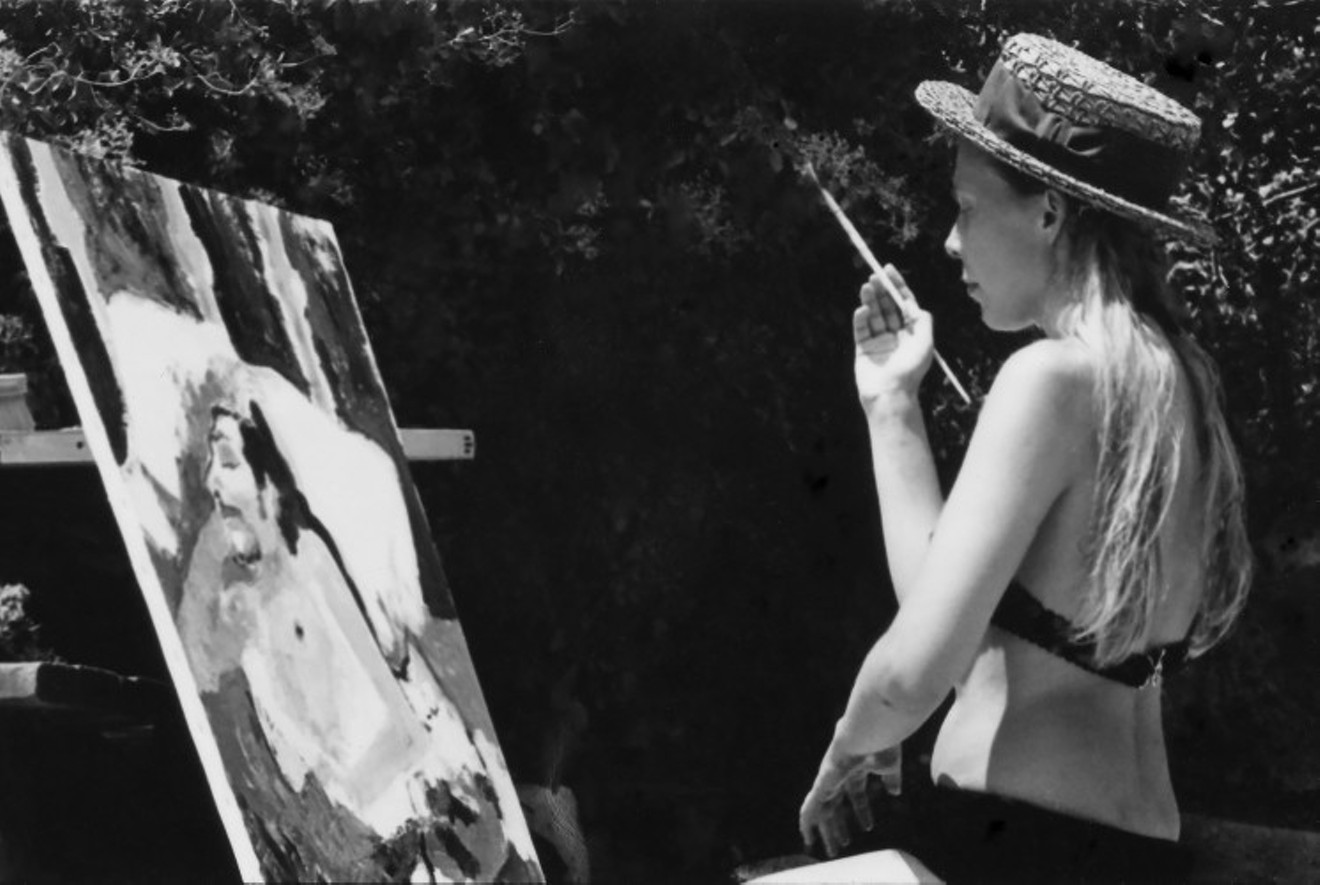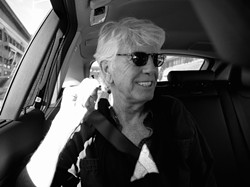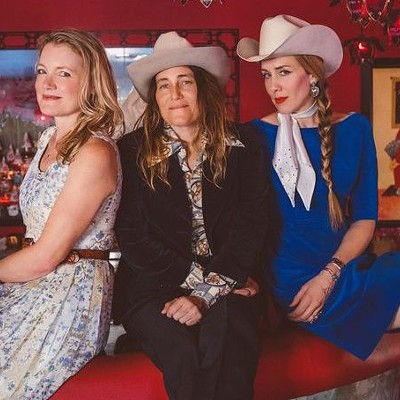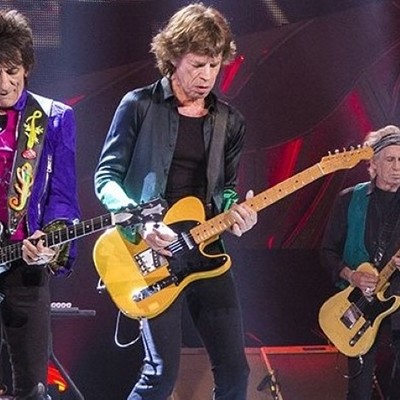But as he points out in a new photo retrospective book, Graham Nash has been taking pictures even longer. He was introduced to the medium at the age of 10 by his father William, an engineer by day and enthusiastic amateur shutterbug. Nash writes that he was fascinated to see an image appear out of a blank piece of paper in his home’s makeshift darkroom.
“I think my father got peace out of the camera. This was only a few years after World War II, he had been in the army and my mother was evacuated from our home in the bombing area, so I was actually born in Blackpool,” Nash offers. “I think his journey with his children was to take photographs and introduce me to this wonderful art.”
But photography also led to tragedy. When Nash was 11, he was given an Agfa camera that his father bought from a co-worker. When it turned out to be stolen goods—and William would not give up the name of the man he’d bought it from—he was convicted of theft and sentenced to a year in Strangeways prison. According to his son, William came back “a broken man.”
“My mother and myself were not a part of the trial and never called to testify. I didn’t know until afterwards why he went to jail. And it just broke his heart to be so disrespected in the community,” Nash says. “But he was also praised for not giving up the name. And every picture I take is one I wish my father was alive to take.”
Nash has collected decades of his best work in the book A Life in Focus: The Photography of Graham Nash (220 pp., $60, Insight Editions, out November 30). Nash also provides commentary and context for many of the photos, and it has a foreword by archivist Joel Bernstein and preface by director/screenwriter Cameron Crowe.
Not surprisingly, many of the subjects of A Life in Focus feature Nash’s musical contemporaries. That includes bandmates David Crosby, Stephen Stills and Neil Young. Along with Bob Dylan, Johnny Cash, George Harrison, J.D. Souther, Elvis Costello, Leon Russell, Bonnie Raitt, Phil Ochs, David Gilmour, Cass Elliot, Jerry Garcia and other friends and associates, including wife Amy Grantham.

"Neil Rehearsing for Deja Vu at Stephen's House IV," 1969, Studio City, Los angeles.
Photo by Graham Nash/Courtesy of Jensen Communications
“Her beauty,” Nash says succinctly. “Her beauty when it’s connected to her genius as a musician. She was an incredibly beautiful woman. I must say that the time Joan [Joni Mitchell's real name is Roberta Joan Mitchell] and I spent together were magical in my life. She was a musician and a painter and if you asked Joan what kind of artist she was, she would say a painter, painting with words and music.”
A number of Nash’s photos in the book hardcore music fans will recognize from various album and book cover or interiors, and he sells many of them (printed digitally) via his Nash Editions company. He’s also had gallery shows of his own work, as well as his extensive personal collection of photographs.
One photographer whose pictures he particularly admires is that of Arthur Fellig (1899-1968). Better known as “Weegee,” his work as a press photographer on the mean streets of Manhattan’s lower east side in the 1930s and ‘40s showed the unflinchingly brutal side the city via accidents, criminals, victims and even death.
As Nash writes, when given the opportunity to purchase a pristine copy of a Weegee photo or the man’s own working one dotted with his actual blood and sweat, foldings, grease pen markings and pinholes from where Weegee had hung it on a wall, Nash immediately chose the latter.
“I love the honesty in his work. He would have a police radio in the trunk of his car and then be the first to show up at a crime scene and take the first pictures,” Nash says. “In fact, I was seeing a doctor here in New York who was Weegee’s brother!”
Outside of living subjects, Nash’s lens finds itself attracted to more compositional things like street scenes, architecture, shadows and even a toilet.
And there’s social commentary. Window Shopping features a woman looking into a jewelry store’s window while a homeless man is literally sleeping on the concrete at her feet. Burned Bear shows a charcoaled teddy gripping an American flag, which made Nash think of Russian influence on the 2016 U.S. Presidential election. And snapshot of celebrity cutouts of Frank Sinatra, Sammy Davis, Jr., Tony Orlando and Bobby Darin in a casino’s dumpster touches on the fragility of the spotlight in Fame.
He also shoots a lot of photos with mirrors and reflections off buildings, objects and people, including his own ongoing series of self-portraits taken over decades. Nash puts that into personal perspective.
“My father was dead at 47, so I think my self-portraits are a way of reminding myself that I’m actually alive. I’m three months shy of 80 right now,” he offers. “I document the physical changes of getting older.”
Nash recounts that when he was having a show of his work in Berlin that featured a lot of his self-portraits, a woman came up to him and said bluntly “Do you know that you should have your head examined?” When an astounded Nash asked why, the woman offered “These self-portraits are very disturbing. You need to talk to someone!”
As to how photography relates to that other artistic endeavor of his, some would think that while music has to be created, photography is more or less simply captured by the push of a button. Not surprisingly, Nash disagrees, but flips the analogy back.
“I would say that music has to be captured as well. I’m always thinking I’ve got 20 songs started in my head already, and I used them as a conveyor belt. I’ll pick one and go back and finish it,” he says.
“And I’ve also always been able to hear photographs. Take Ansel Adams’ Moonrise, Hernandez, New Mexico. I see that photo and I can imagine cellos playing. When I see the white clouds, I hear violas and violins. And I’ve always been that kind of person.”
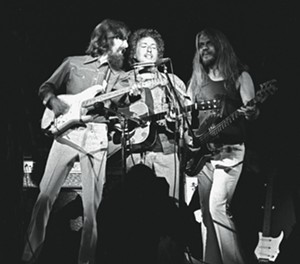
"Concert for Bangla Desh" with George Harrison, Bob Dylan and Leon Russell.
Photo by Graham Nash/Courtesy of Jensen Communications
Nash likes to shoot incognito, especially when he’s shooting fellow musicians. While a photo in the book of George Harrison, Bob Dylan, and Leon Russell taken at 1971’s historic Concert for Bangla Desh seems to be from the perspective of a front row seat, Nash says he actually sort of snuck up to the lip of the stage to shoot the frame.
“I was invisible, nobody knew I was there—particularly Bob and George! And the thing is that Stephen [Stills] had just played two nights before. And George used a lot of his equipment to put on the show!”
However, even Nash knows that that sort of access to rock artists and concerts is a thing of the past, something also discussed in the recent PBS docuseries on music photography in which Nash was interviewed, Icon: Music Through the Lens.
“You can’t do that much anymore. Managers say you can only shoot the first three songs in a concert because the artist is sweating by the fourth, and he doesn’t want that to end up on the cover of Rolling Stone!” Nash laughs.
“People today don’t have the access that Jim Marshall and Neal Preston and Joel Bernstein had back then. And how great for Cameron [Crowe] to be working during then. People are much more conscious of their social appearance today.”
As to what the two-time Rock and Roll Hall of Fame inductee is up to now in addition to the book, Graham Nash says he’s got a new studio album recorded round-robin by his band from all different geographical locals. And a double live album coming out, the latter including complete performances of his first two solo records, Songs for Beginners and Wild Tales.
“I can’t slow down!” Nash laughs. “I just can’t. It’s not in me!”

